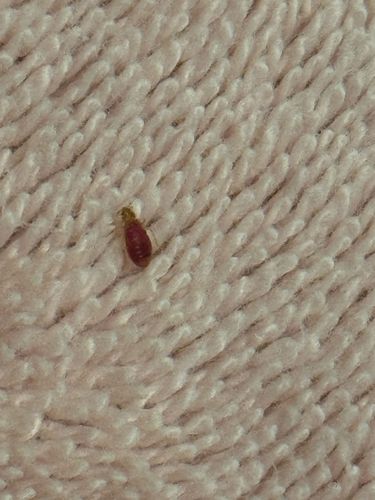Bed Bug
Scientific Name: Cimex lectularius
Order & Family: Hemiptera, Cimicidae
Size: 4-5 mm (adults) before feeding; up to 7 mm after a blood meal

Natural Habitat
Primarily human dwellings, especially beds, mattresses, bed frames, and cracks/crevices near sleeping areas. Can also be found in luggage, furniture, and other items that can be transported.
Diet & Feeding
Exclusively blood of warm-blooded animals, primarily humans.
Behavior Patterns
Nocturnal; they emerge from their hiding spots to feed when hosts are sleeping. They are highly adept at hiding and can go for long periods without feeding. They lay eggs in secluded locations.
Risks & Benefits
Risks: Bed bugs are considered a pest. Their bites can cause itchy welts, skin irritation, and in some cases, secondary infections from scratching. They can also cause psychological distress and sleep deprivation. They are not known to transmit diseases to humans. Benefits: None to humans; in nature, they are part of the food web for some predators, but they are generally a nuisance pest.
Identified on: 10/6/2025